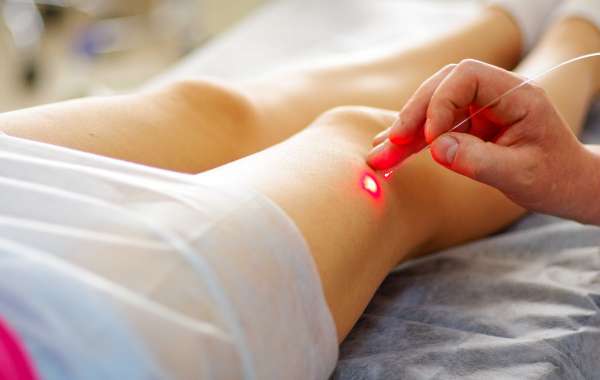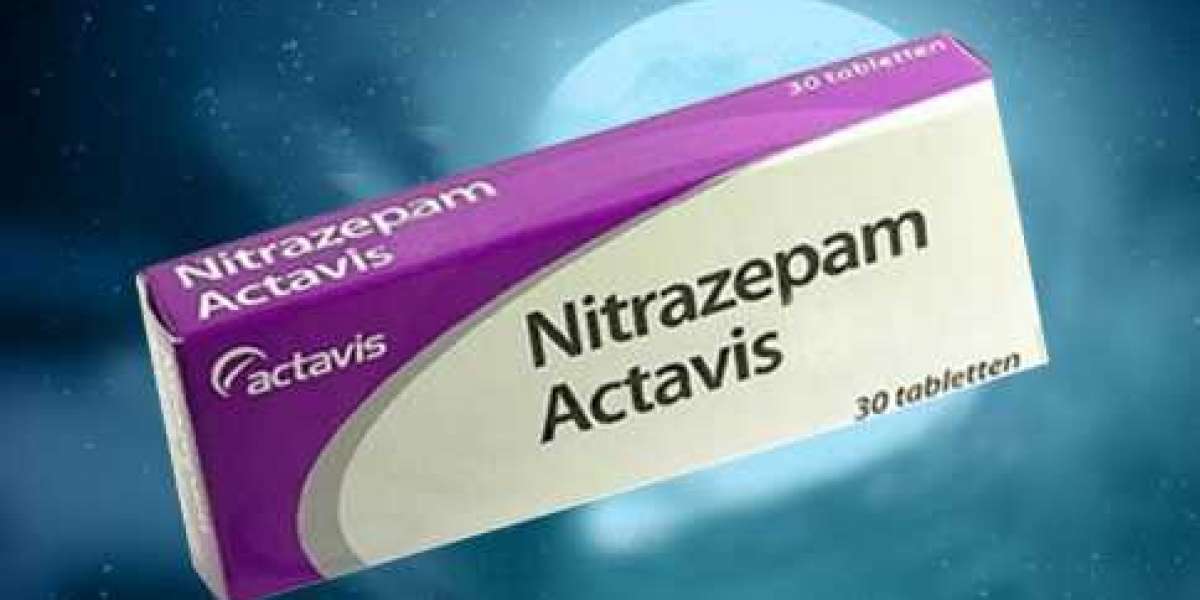Varicose veins are unsightly blue veins that often develop due to underlying venous insufficiency. The veins appear twisted and bulge from the skin resulting dysfunction of venous valves. Symptomatic varicose veins are more common in individuals who have a family history of varicose veins, work or sit for prolonged periods of time, and with age. Board-certified Vein doctors are experts in the diagnosis and treatment of all presentations of vein disease. Here are some expert tips:
Symptoms of Varicose Veins
The symptoms of varicose vein treatment in NJ can sometimes be overlooked, however early diagnosis and treatment can help avoid progression:
- Leg pain or heaviness
- Leg swelling that is worse towards the end of the day
- A throbbing or burning sensation in your legs (Charlie horses)
- Skin discoloration particular over the ankles or shins
- Blood clots
- skin ulcerations
- Bleeding
Treatment at early stages with simple at home measures can have a meaningful impact on vein symptoms. The recommended actions are taking regular walks or running to promote healthy circulation, elevate your legs periodically, and wearing compression stockings. Talk to your vein doctor about what lifestyle changes you can make early on to prevent worsening varicose vein symptoms.
If these measures do not control your symptoms, then it’s time to consider the next steps in treatment.
Minimally Invasive Options to Treat Varicose Veins
Surgery is no longer recommended for the treatment of varicose veins. The top 5 recommended varicose vein treatments for definitive management are minimally-invasive, office based procedures.
Varithena – A patented vein medication for the treatment of both upper and lower leg varicose veins. This procedure is the least invasive technique and is injected into the target veins for chemical closure.
Endovenous RF ablation–Performed under ultrasound-guidance, an ablation catheter is advanced into the diseased vein and treated with thermal ablation. The treated vein is collapsed and blood is redirected to healthier veins.
Endovenous Laser ablation – Similar to RF ablation, however utilizes a different energy source
Venaseal– A novel procedure that was recently approved by the FDA to treat underlying venous insufficiency using a medical adhesive. Unlike RF ablation or laser ablation, the technique requires minimal anesthetic and seals the problematic vein with a vein glue.
Ambulatory phlebectomy – Also known as microphlebectomy, this treatment is minimally invasive and is the most efficient way to remove unsightly, large protuberant varicose veins.
Minimally invasive varicose vein treatments are ideally suited for all patients with symptomatic vein disease. Your vein specialist clinic in NJ should be comfortable with all the latest technologies in venous medicine to deliver great results in the least invasive way.
Article source: https://southjerseyveincenter.home.blog/2020/04/29/top-vein-treatments-in-2020/








